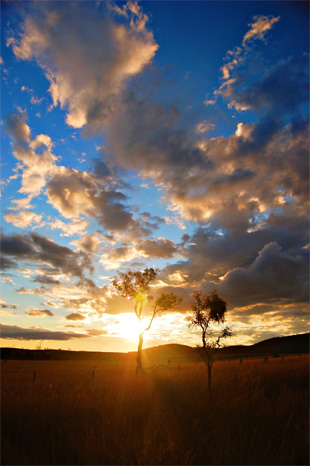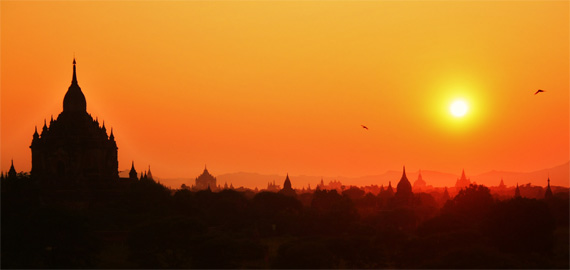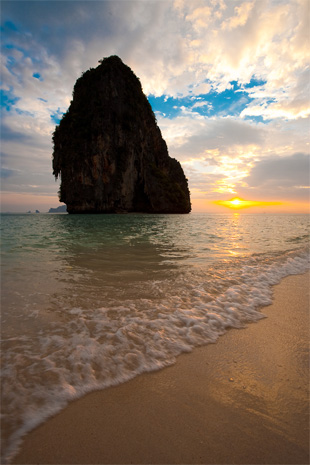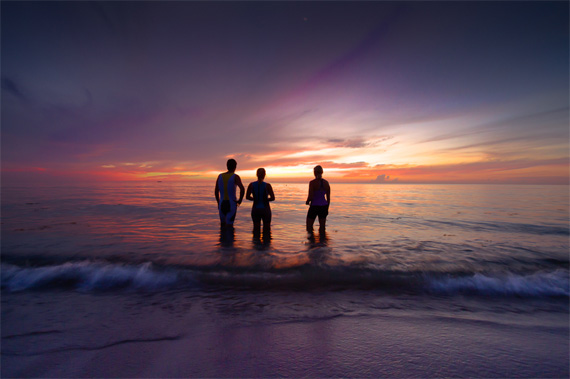Storms and lightning create beautiful opportunities for photography. The bolts of light are powerful and will make any scene dramatic but only if you can capture them.
To capture lightning you have to behave like a hunter, shooting and shooting until something is caught, focus and expose for the landscape you are using shooting 20 or 30 seconds exposures depending on the level of brightness in your scene. Something like ISO400, F11 and 20 seconds is a good way to start and you can adjust the parameters after taking a couple of sample shots before the hunt begins. Check focus carefully, it’s difficult to focus at night and out of focus bolts are not nice at all.
Use a remote intervalometer and program it to take dozens, even hundreds of shots one after the other. While the camera is taking the shots you can take a nice cup of coffee while you are warm and dry. You can also buy a specialized device as the Lightning Trigger to make the camera shoot only when lightning is detected.
 Once the storm is finished examine the photographs looking for the best bolts and then create a composite scene merging all the nice shots in one. Load the shots in your photo editor as layers and play with different blending modes to find the best mode for your final image. Luminosity mode works quite well in several cases, other modes can be even better so always try them.
Once the storm is finished examine the photographs looking for the best bolts and then create a composite scene merging all the nice shots in one. Load the shots in your photo editor as layers and play with different blending modes to find the best mode for your final image. Luminosity mode works quite well in several cases, other modes can be even better so always try them.Lightning storms are fast, our brain usually remembers a mix of all the bolts and lights that we saw, that’s why a single photograph usually seems to do no justice to what we remember. The composite shot is usually more dramatic and even more similar to what we remember. Sometimes reality is the sum of events.







































